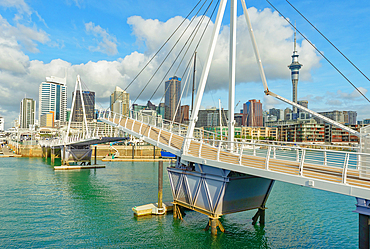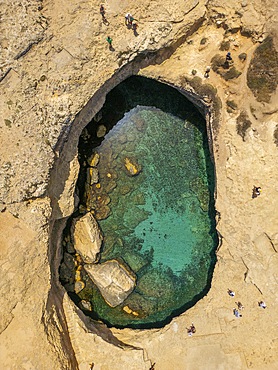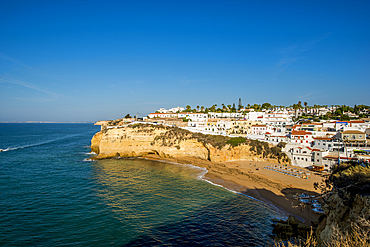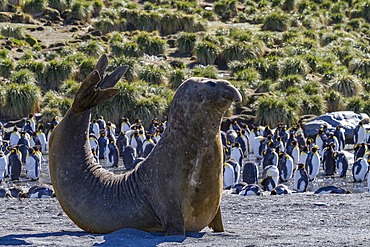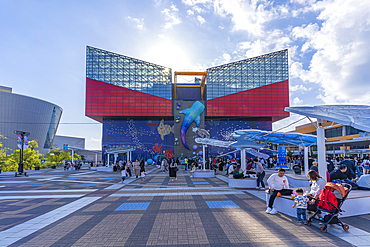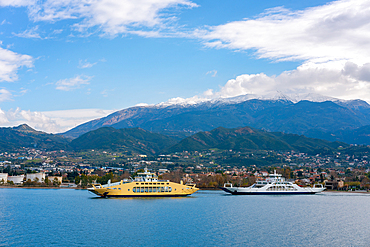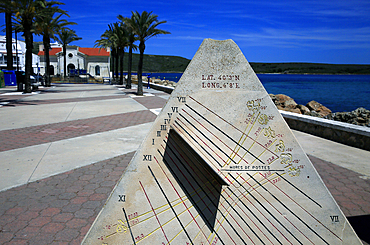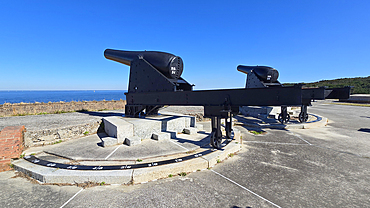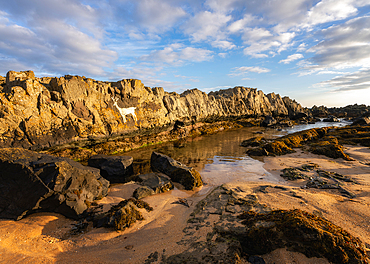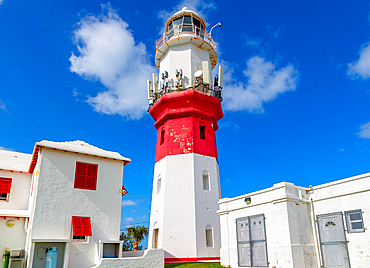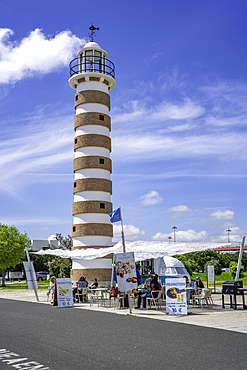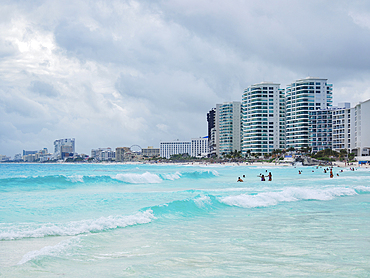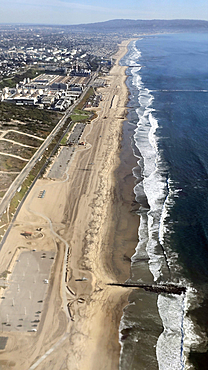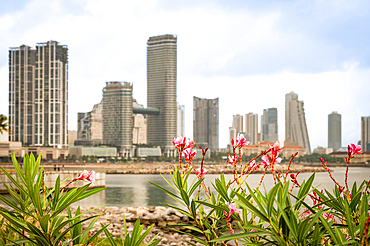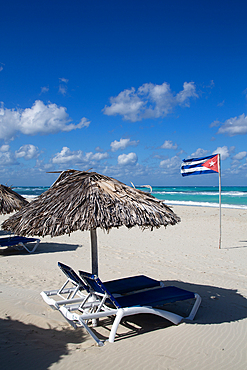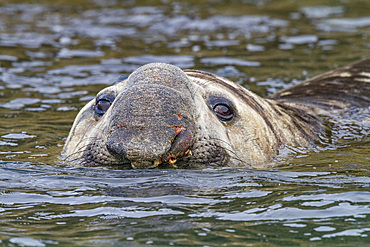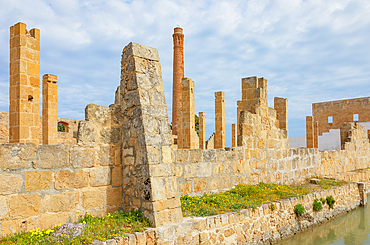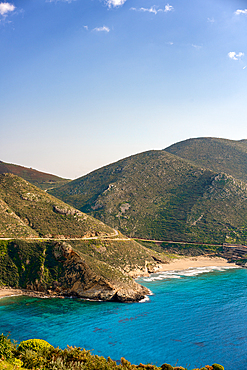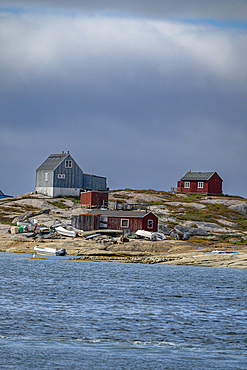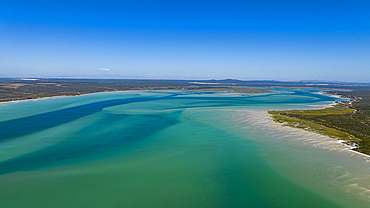Results
88 results found

Manta ray (Manta birostris) feeding on zooplankton by extending its cephalic lobes, Yum Balam Marine Protected Area, Quintana Roo, Mexico, North America
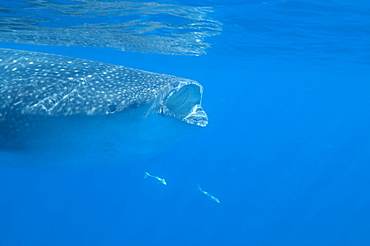
Whale shark (Rhincodon typus) feeding at the surface on zooplankton, mouth open, known as ram feeding, Yum Balam Marine Protected Area, Quintana Roo, Mexico, North America
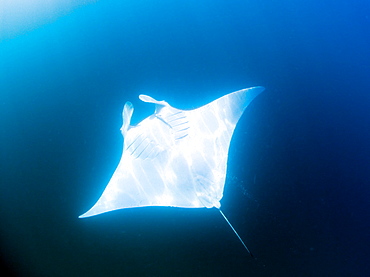
Male manta ray with almost pure white ventral surface, may be a new species, for now known as Manta alfredi, Yum Balam Marine Protected Area, Quintana Roo, Mexico, North America
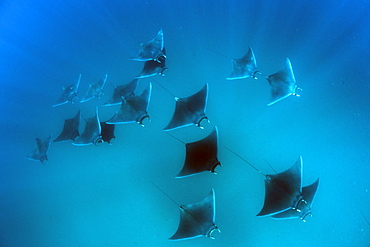
Eagle rays (Mobula hypostoma) common in this area and often seen feeding on zooplankton in large groups, Yum Balam Marine Protected Area, Quintana Roo, Mexico, North America
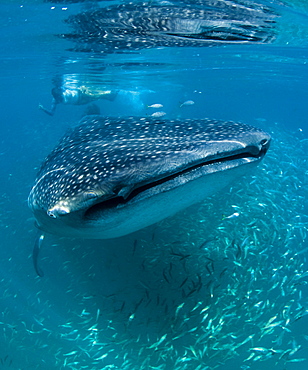
Scientist and whale shark (Rhincodon typus) feeding at the surface on zooplankton, mouth open, known as ram feeding, Yum Balam Marine Protected Area, Quintana Roo, Mexico, North America
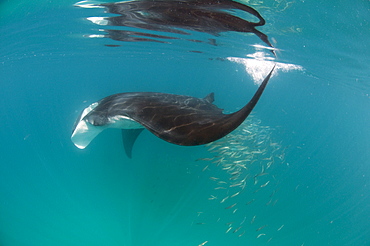
Manta ray (Manta birostris) feeding on zooplankton by extending its cephalic lobes, Yum Balam Marine Protected Area, Quintana Roo, Mexico, North America
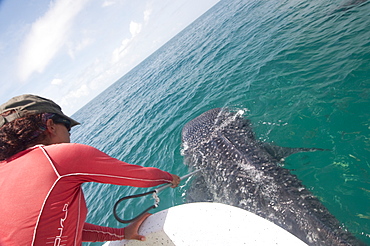
Biologist taking skin sample from a whale shark to determine what plankton types the animal has been feeding on, Yum Balam Marine Protected Area, Quintana Roo, Mexico, North America

Scientist free diving to make a photo identification of an individual manta ray (Manta birostris), Yum Balam Marine Protected Area, Quintana Roo, Mexico, North America
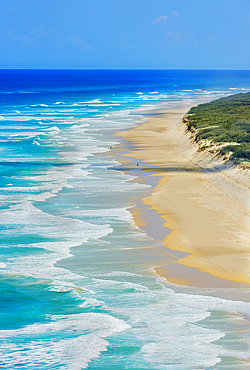
Seventy Five Mile Beach, Great Sandy National Park, Fraser Island, World Heritage Area, Queensland, Australia
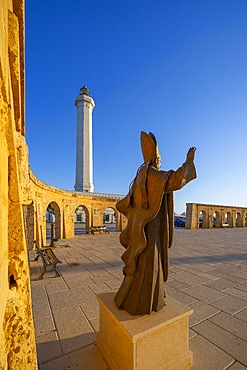
Leuca lighthouse, Basilica of Santa Maria de Finibus Terrae, Santa Maria di Leuca, Castrignano del Capo, Lecce, Salento, Apulia, Italy
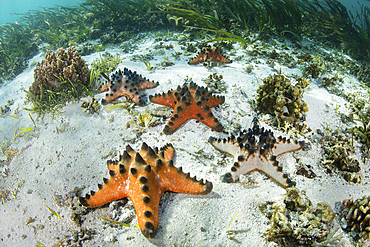
Colorful chocolate chip starfish lie scattered on the floor of a seagrass meadow in Komodo National Park, Indonesia. This tropical area in the Lesser Sunda Islands is known for both its amazing marine biodiversity as well its infamous dragons.
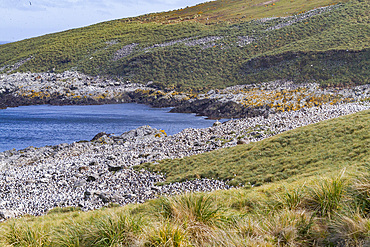
Black-browed albatross (Thalassarche melanophrys) breeding colony on Steeple Jason Island in the Falkland Islands
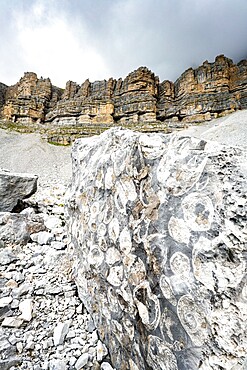
Marine fossils on rocks at the geological area Orti della Regina, Brenta Dolomites, Madonna di Campiglio, Trentino, Italy, Europe
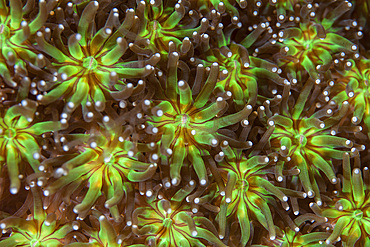
Coral polyps (Galaxea sp.) wait for plankton on a reef in Komodo National Park, Indonesia. This beautiful area harbors extraordinary marine biodiversity and is a popular destination for divers and snorkelers.
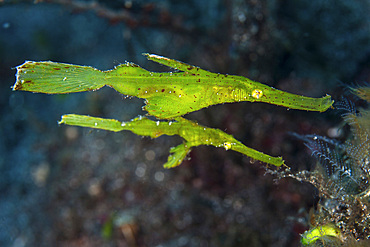
A pair of robust ghost pipefish (Solenostomus cyanopterus) hover above the seafloor in Komodo National Park, Indonesia. This tropical area in the western Pacific harbors an extraordinary array of marine organisms.
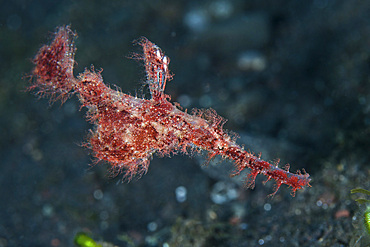
A rare roughsnout ghost pipefish (Solenostomus paegnius) hovers above the seafloor in Komodo National Park, Indonesia. This beautiful area harbors extraordinary marine biodiversity and is a popular destination for divers and snorkelers.
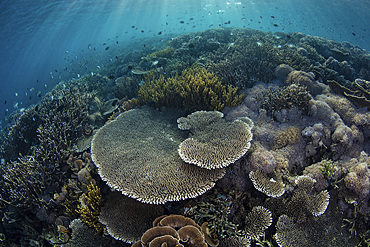
A beautiful coral reef thrives in Komodo National Park, Indonesia. This tropical area in the Lesser Sunda Islands is known for both its amazing marine biodiversity as well its infamous dragons.
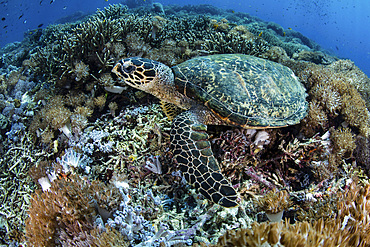
A hawksbill sea turtle, Eretmochelys imbricata, lays on a beautiful reef in Komodo National Park, Indonesia. This tropical area in the Lesser Sunda Islands is known for both its amazing marine biodiversity as well its infamous dragons.

Corinth Canal connecting the Gulf of Corinth in the Ionian Sea with the Saronic Gulf in the Aegean Sea, Greece
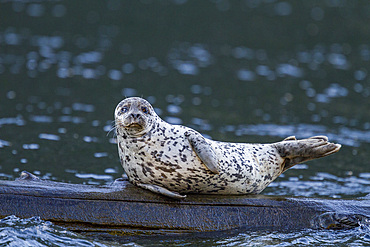
Harbor seal (Phoca vitulina) hauled out on submerged log in Misty Fjords National Monument, Southeast Alaska, United States of America
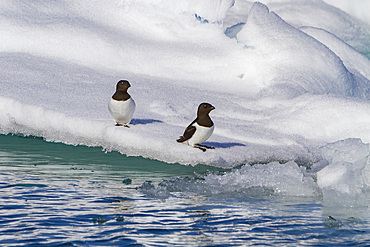
Adult dovekie (Alle alle alle) breeding area on the island of Bolscheoya in the Svalbard Archipelago, Norway
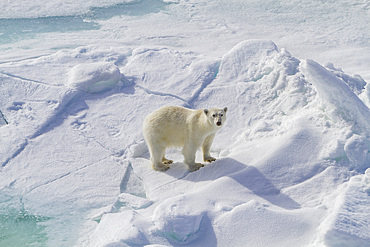
A curious young polar bear (Ursus maritimus), approaches the ship on Spitsbergen in the Svalbard Archipelago, Norway
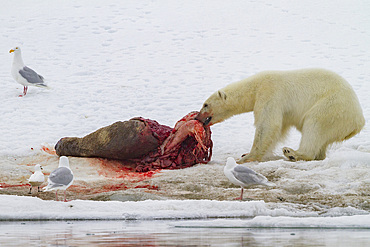
A young polar bear (Ursus maritimus) scavenging a fresh bearded seal kill recently vacated by old male that killed the seal, Svalbard, Norway
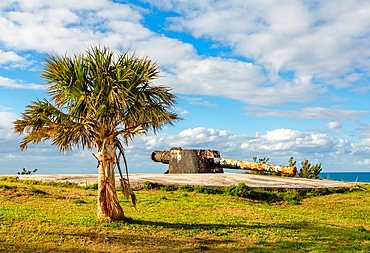
St. David's Battery, UNESCO, four guns installed 1910 by British to defend deep water channel leading to Royal Navy Dockyard and Hamilton, Bermuda

Vibrant soft coral colonies grow on a reef dropoff in Lembeh Strait, Indonesia. This area is known for its spectacular marine biodiversity.
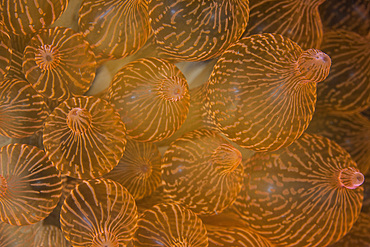
A bulbed anemone (Entacmaea quadricolor) grows on a reef in Komodo National Park, Indonesia. This beautiful area harbors extraordinary marine biodiversity and is a popular destination for divers and snorkelers.
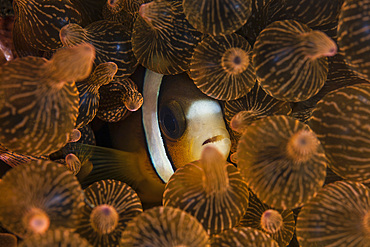
A Clark's anemonefish (Amphiprion clarkii) snuggles into the tentacles of its host anemone in Komodo National Park, Indonesia. This beautiful area harbors extraordinary marine biodiversity and is a popular destination for divers and snorkelers.
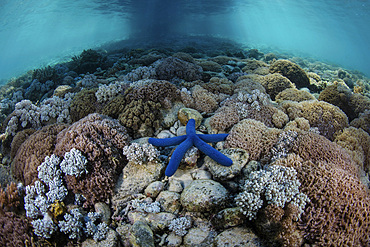
A blue starfish on a beautiful coral reef in the shallows of Komodo National Park, Indonesia. This tropical area in the Lesser Sunda Islands is known for both its amazing marine biodiversity as well its infamous dragons.

A banded sea krait, Laticauda colubrina, searches for prey on a coral reef in Raja Ampat, Indonesia. This tropical area is known for its extraordinary marine biodiversity and is a popular destination for divers and snorkelers.

Beams of light descend through a wooden jetty in the Dampier Strait, Raja Ampat, Indonesia. This tropical area is known for its extraordinary marine biodiversity and is a popular destination for divers and snorkelers.
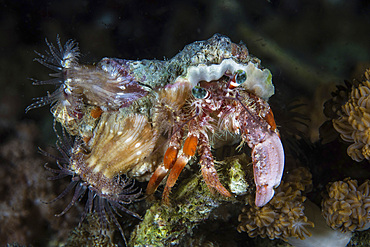
Symbiotic anemones cover the shell of a hermit crab, Dardanus pedunculatus, in Komodo National Park, Indonesia. This tropical area in the Lesser Sunda Islands is known for both its amazing marine biodiversity as well its infamous dragons.
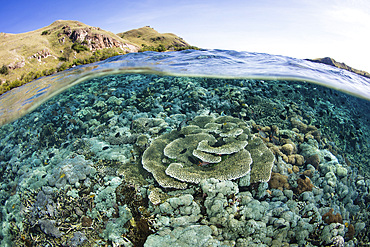
A beautiful coral reef thrives in Komodo National Park, Indonesia. This tropical area in the Lesser Sunda Islands is known for both its amazing marine biodiversity as well its infamous dragons.
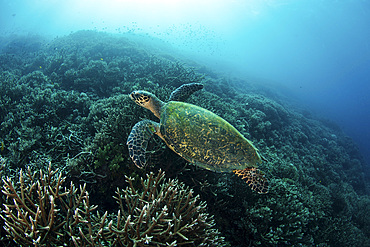
A hawksbill sea turtle, Eretmochelys imbricata, swims over a beautiful reef in Komodo National Park, Indonesia. This tropical area in the Lesser Sunda Islands is known for both its amazing marine biodiversity as well its infamous dragons.
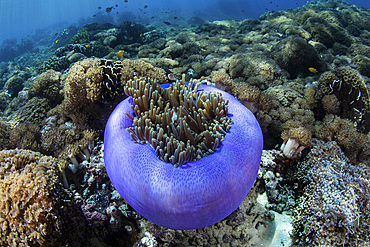
A magnificent sea anemone, Heteractis magnifica, grows on a reef in Komodo National Park, Indonesia. This tropical area in the Lesser Sunda Islands is known for both its amazing marine biodiversity as well its infamous dragons.
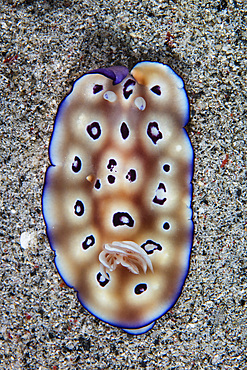
A colorful nudibranch, Hypselodoris tryoni, crawls across a sandy sea floor in Komodo National Park, Indonesia. This tropical area in the Lesser Sunda Islands is known for both its amazing marine biodiversity as well its infamous dragons.
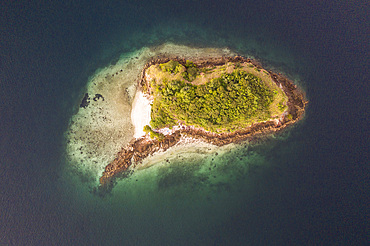
A bird's eye view of an idyllic island and healthy fringing reef in Komodo National Park, Indonesia. This tropical area in the Lesser Sunda Islands is known for its marine biodiversity as well as its infamous Komodo dragons.
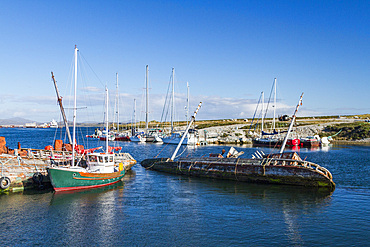
Views of the area just outside of Stanley, the capital and only true city (with a cathedral) in the Falkland Islands, South America
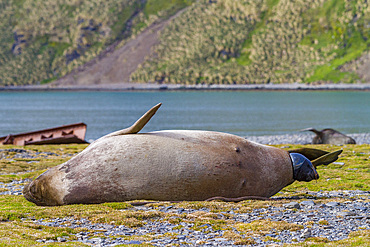
Pregnant female southern elephant seal (Mirounga leonina) giving birth on the beach in Stromness Bay, South Georgia Island
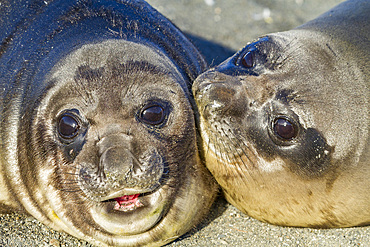
Southern elephant seal (Mirounga leonina) pup, called weaners once their mothers stop nursing them, South Georgia Island, Southern Ocean
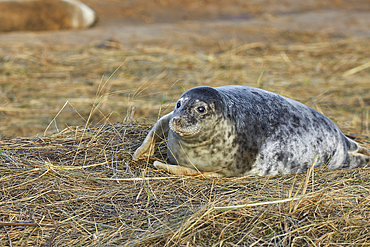
A young Grey Seal pup (Halichoerus grypus) on the shore in winter, at Donna Nook Nature Reserve, on the North Sea coast of Lincolnshire, Great Britain.
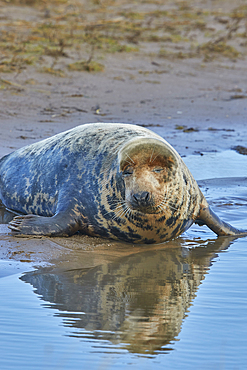
A female Grey Seal (Halichoerus grypus) on the shore in winter, at Donna Nook Nature Reserve, on the North Sea coast of Lincolnshire, Great Britain.
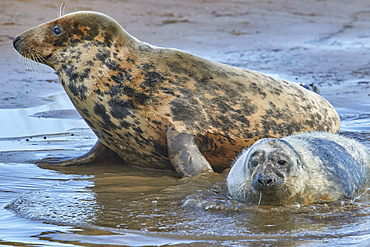
A young Grey Seal pup (Halichoerus grypus) on the shore with its mother in winter, at Donna Nook Nature Reserve, on the North Sea coast of Lincolnshire, Great Britain.
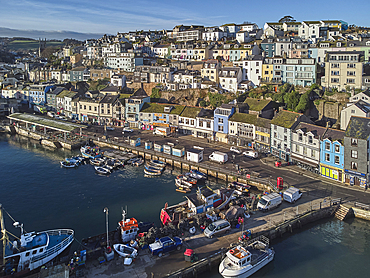
The inner harbour at Brixham, one of Britain's busiest fishing harbours, in Torbay, Devon, Great Britain.
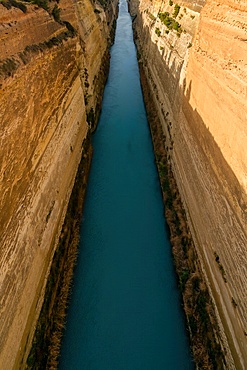
Corinth Canal connecting the Gulf of Corinth in the Ionian Sea with the Saronic Gulf in the Aegean Sea, Greece

Petrified forest, Agia Marina, Agios Nikolaos Geopark, beach with turquoise water in the south of Greece, Greece
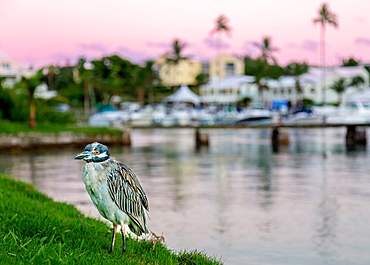
Yellow Crowned Night Heron (Nyctanassa Violacea), wading bird of the Americas that feeds on crustacea, Bermuda, Atlantic
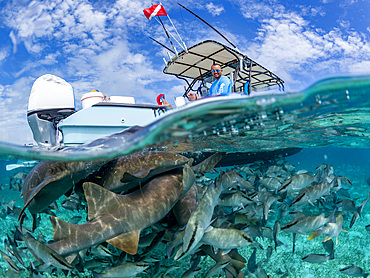
Nurse sharks (Ginglymostoma cirratum), being fed in Hol Chan Marine Preserve, inside the Mesoamerican Barrier Reef, Belize
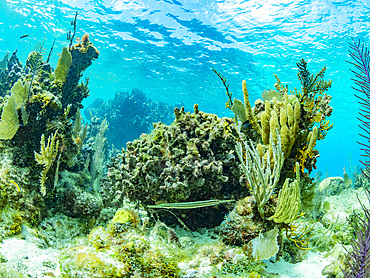
A myriad of fish and coral underwater at Hol Chan Marine Preserve, inside the Mesoamerican Barrier Reef, Belize
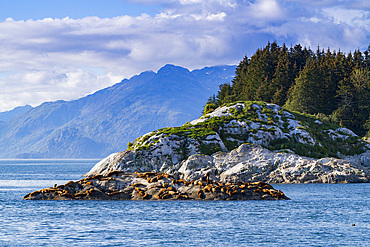
Northern (Steller) sea lions, (Eumetopias jubatus), hauled out on South Marble Island, Glacier Bay National Park, Alaska, United States of America
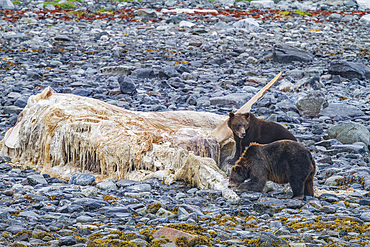
Adult brown bears (Ursus arctos) feeding on humpback whale carcass, Scidmore Cut, Glacier Bay National Park, Alaska, United States of America
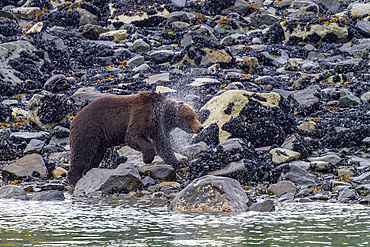
Adult brown bear (Ursus arctos) shaking water from its fur near whale carcass in Glacier Bay National Park, Alaska, United States of America

Detail of anchor coral tentacles (Euphyllia sp.) growing on a reef in Indonesia. This area is known for its high marine biodiversity.

Garden coral, sponges, and other invertebrates grow in a shallow seagrass meadow in Komodo National Park, Indonesia. This tropical area in the Lesser Sunda Islands is known for both its amazing marine biodiversity as well its infamous dragons.
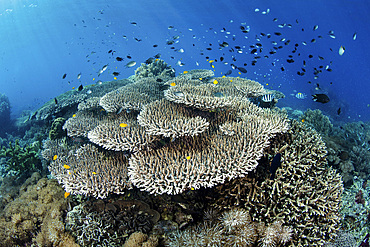
A beautiful coral reef thrives in Komodo National Park, Indonesia. This tropical area in the Lesser Sunda Islands is known for both its amazing marine biodiversity as well its infamous dragons.

An unidentified scorpionfish waits to ambush prey on a black sand slope in Komodo National Park, Indonesia. This tropical area in the Lesser Sunda Islands is known for both its amazing marine biodiversity as well its infamous dragons.
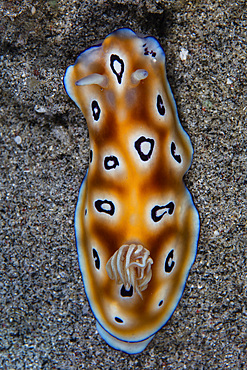
A colorful nudibranch, Hypselodoris tryoni, crawls across a sandy sea floor in Komodo National Park, Indonesia. This tropical area in the Lesser Sunda Islands is known for both its amazing marine biodiversity as well its infamous dragons.
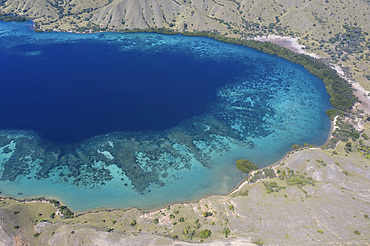
Aerial view of a healthy fringing reef along the edge of Komodo Island in Komodo National Park, Indonesia. This tropical area in the Lesser Sunda Islands is known for its marine biodiversity as well as its infamous Komodo dragons.
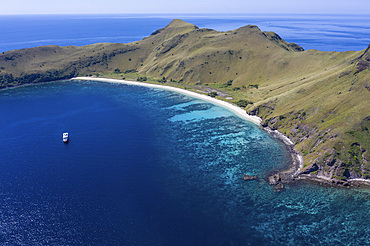
Aerial view of the idyllic island of Gili Banta just outside of Komodo National Park, Indonesia. This tropical area in the Lesser Sunda Islands is known for its marine biodiversity as well as its infamous Komodo dragons.
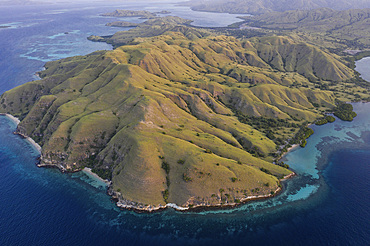
A bird's eye view shows the rugged landscape of Komodo Island in Komodo National Park, Indonesia. This tropical area in the Lesser Sunda Islands is known for its marine biodiversity as well as its infamous Komodo dragons.
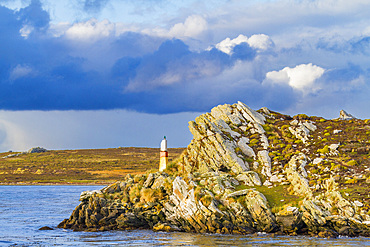
Views of the area just outside of Stanley, the capital and only true city, with a cathedral, in the Falkland Islands, South America

Nurse shark (Ginglymostoma cirratum), on the sand in Hol Chan Marine Preserve, inside the Mesoamerican Barrier Reef, Belize
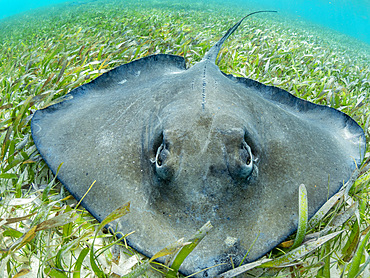
Southern stingray (Hypanus americanus) over sand in shark and ray alley, Caye Caulker, Mesoamerican Barrier Reef, Belize
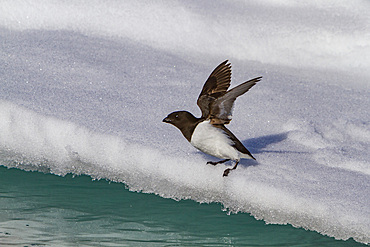
Adult dovekie (Alle alle alle) breeding area on the island of Bolscheoya in the Svalbard Archipelago, Norway
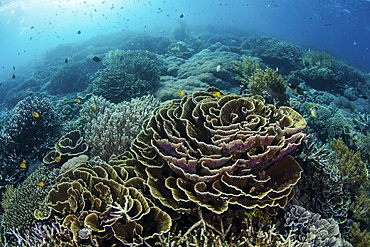
A beautiful coral reef thrives in Komodo National Park, Indonesia. This tropical area in the Lesser Sunda Islands is known for both its amazing marine biodiversity as well its infamous dragons.
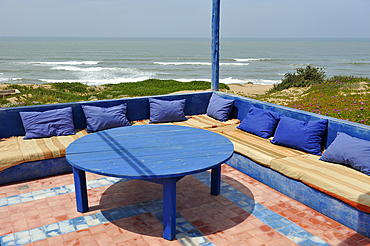
Lounge terrace with sea view at Ksar Massa Hotel, Souss-Massa National Park, Atlantic coast, Morocco
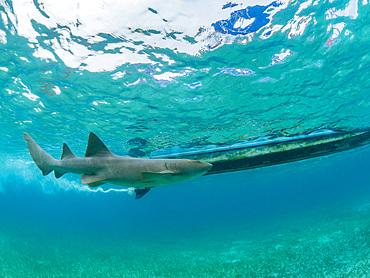
Nurse shark (Ginglymostoma cirratum), with boat in Hol Chan Marine Preserve, inside the Mesoamerican Barrier Reef, Belize
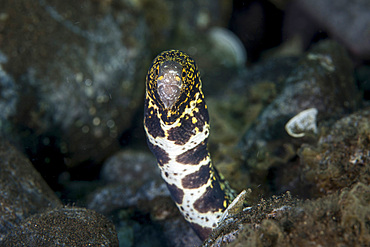
A snowflake moray eel (Echidna nebulosa) pokes its head out of a hole in Komodo National Park, Indonesia. This beautiful area harbors extraordinary marine biodiversity and is a popular destination for divers and snorkelers.
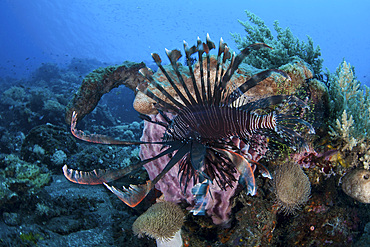
A lionfish (Pterois volitans) displays its venomous spines in Komodo National Park, Indonesia. This tropical area in the western Pacific harbors an extraordinary array of marine organisms.
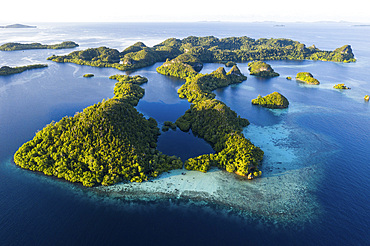
Aerial view of beautiful limestone islands scattered about the seascape in Raja Ampat, Indonesia. This tropical area is known for its extraordinary marine biodiversity and is a popular destination for divers and snorkelers.
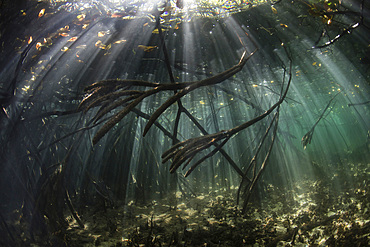
Sunlight filters into the shadows of a thick mangrove forest in Komodo National Park, Indonesia. This tropical area in the Lesser Sunda Islands is known for both its amazing marine biodiversity as well its infamous dragons.
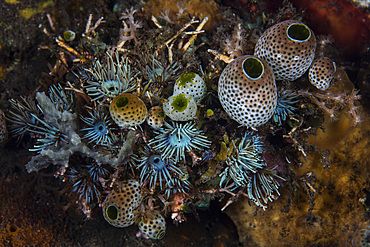
A beautiful bouquet of tunicates and cnidarians grows on a reef in Komodo National Park, Indonesia. This tropical area in the Lesser Sunda Islands is known for both its amazing marine biodiversity as well its infamous dragons.
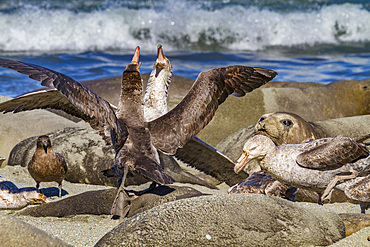
Northern giant petrels (Macronectes halli) fighting over the scavenging rights to a dead elephant seal pup at Royal Harbor, South Georgia
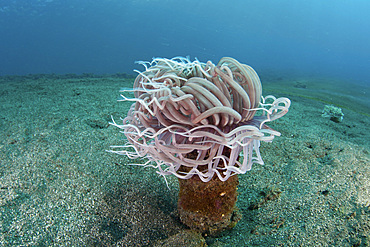
A tube anemone grows on a sandy seafloor in Komodo National Park, Indonesia. This tropical area in the western Pacific harbors an extraordinary array of marine organisms.
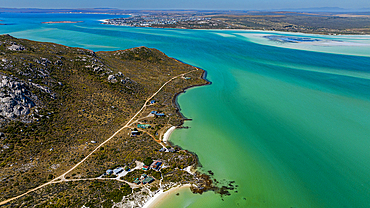
Aerial of the Langebaan Lagoon Marine Protected Area, West Coast National Park, Western Cape Province, South Africa, Africa

